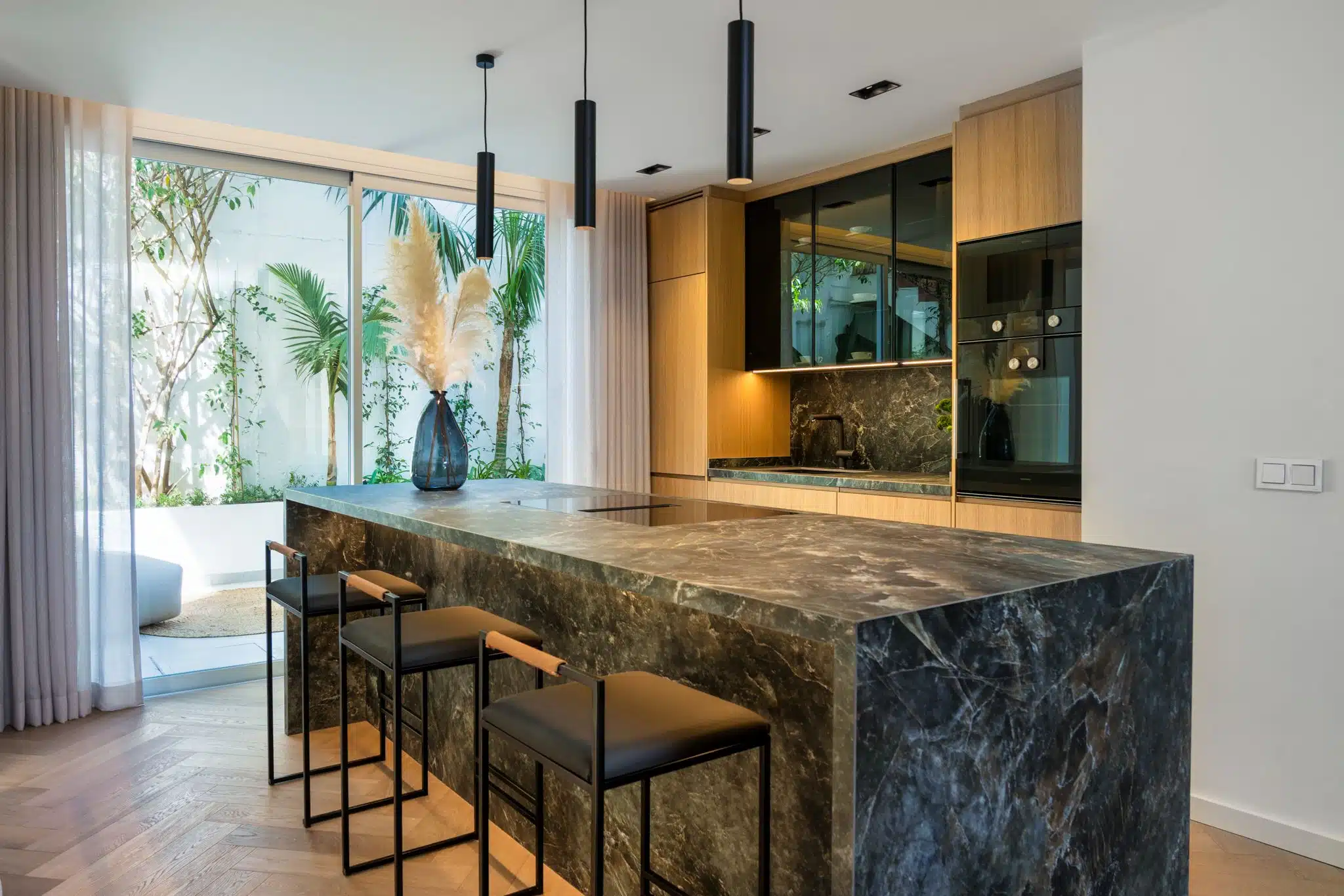looking to buy a home?
Submit this Form and Benefit from our 25 Years' Experience & Strong Local Network.The nature of the Spanish property market in areas popular with foreign buyers means that most properties are holiday homes. They’re therefore more likely to be sold furnished since the owners may have no use for the furniture. In this article, we look at the pros and cons and the legal implications of buying a furnished Spanish property.
A furnished Spanish property
“Furnished” is a term often used loosely so be aware that a property advertised as such may not be as fully equipped as you expect. Some properties in Spain are sold complete with everything down to the last knife and fork while other ‘furnished’ properties come with nothing more than the bare bones.
Minimum furnishings
Unless you’re buying a new-build property in Spain that doesn’t include a fitted kitchen, almost all properties come useable kitchens. Expect cabinetry and working appliances – at least a fridge, cooking range and washing machine and possibly a microwave, dryer, oven and dishwasher too.
The pros and cons of a furnished Spanish property
Buying a property in Spain with some furnishings have several advantages including:
Move-in-ready – even though the furniture may not be to your taste, buying a furnished property means you can use it as soon as you buy.
Holiday-let-ready – if the property comes fully furnished and equipped, you can let it for holidays from day one after your purchase.
Save money – international removals are pricey so if you buy a house that’s already furnished you can save thousands of euros on transporting your furniture to Spain.
But buying a furnished property in Spain does have drawbacks, such as:
Not to your taste – other people’s tastes rarely match your own so it’s very possible that you won’t like the furniture. However, you can gradually change it as you buy new pieces.
Difficult to get rid of – disposing of a house full of furniture and appliances you don’t want isn’t easy. It can be expensive too if you have to hire the services of a professional house clearer. To get round this, contact a local charity who will clear the house for you in exchange for the furniture.
Legal implications of buying a furnished Spanish property
Buying a property that includes some sort of furnishings and/or fittings means you should take the following precautions:
Agree what’s included
Make sure you agree with the vendor exactly which items are included in the sale. Don’t accept a vague “sold furnished” promise but come to an agreement for each room. Don’t forget to include light fixtures, window dressings (curtains, blinds, etc), garden furniture and anything in the garage, e.g. the lawnmower and gardening tools.
Compile an inventory
Once you know exactly what’s included in the sale, agree on an inventory. The easiest option is to compile a list of rooms with the contents you’re buying in each. This inventory must be attached to the purchase contract link to The Buying Process and signed by both the buyer and vendor.
Include it on the contract
As well as the inventory listing every item that comes with the house sale, you also need to make sure there’s a clause about the inventory in the contract. It should refer specifically to the attached inventory.
Include it in the price of the property
Be sure to include any fittings and fixtures in the price for the property so you have an all-inclusive price. If you pay for furniture separately, you will be liable for transfer tax (see Buying taxes link to buying taxes) on the purchase. Don’t be tempted to pay ‘unofficially’ in cash for furnishings – undeclared payments are illegal in Spain and you may have difficulty justifying a large cash withdrawal from your bank to the tax authorities.
Check it’s still there
Once you’ve bought the property you should check that everything on the inventory is still there. If it isn’t, get in touch with your lawyer to solve the problem satisfactorily with the vendors.



